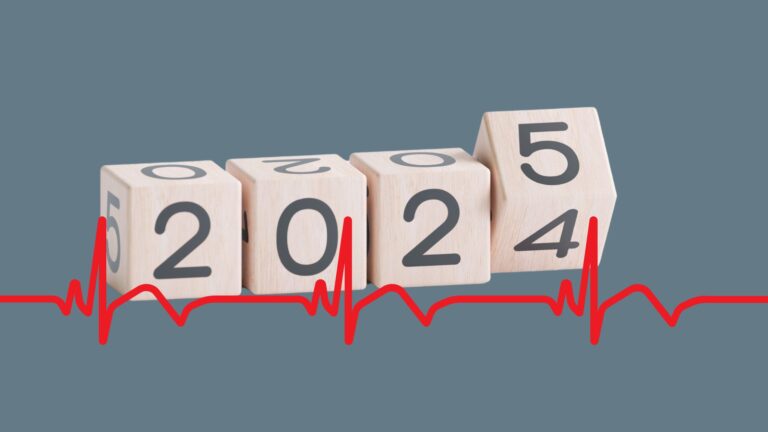After the healthcare institution carries out a medical procedure, such as a consultation, exam or surgery, it passes the amount on to the health plan operator. Medical disallowance occurs when the operator considers the charge made by the hospital institution to be irregular or inappropriate and decides to cancel the remuneration, in whole or in part.
In this article we will explain a little more about how medical disallowance happens and why healthcare providers should avoid it. Check out!
What are the types of medical glosses?
Administrative glosses
Administrative disallowances occur when there is an operational failure in communication between the hospital institution and the health plan operator. They generally occur when the information provided by the health institution is flawed, insufficient or does not match the data in the contract with the operator. We can point out:
- incorrectly filled out or unfilled procedure authorization guides;
- data incorrectly typed;
- charges for non-contracted items;
- incoherent calculations.
More common, in general, administrative glosses are simpler to solve, simply correcting and sending the information back to the health plan operator.
Technical glosses
Technical glosses occur when the operator disputes information about services associated with medical procedures or good medical and hospital practices.
Linear glosses
Some operators apply glosses to hospital institutions and service providers without justification, even if they are complying with all contractual requirements. This happens because it is a way for the operator to maintain its constant flow, however, it is a irregular practice.
How can medical disallowance affect health care provider billing?
Medical disallowance is harmful to both the service provider and the health plan operator. Since the disallowance implies difficulty in obtaining resources from the operator, the hospital institution can appeal when this happens.
This process causes financial losses because it generates unnecessary bureaucracy, requires a review of information It is consumes time. Furthermore, it ends up generating rework, broken trust and wear and tear between partners.
Medical disallowance also ends up harming the operator's revenue, as it makes its cash flow unstable.
One lifting carried out by FEHOESP (Federation of Hospitals, Clinics, Health Homes, Research and Clinical Analysis Laboratories and Other Health Service Establishments in the State of São Paulo) showed that, of the medical glosses applied, 72% are questioned and, of these, 43% recover remuneration.
How can health plan providers avoid medical disallowance?
Health plan operators carry out audit with several service providers. Considering that this process is manual, errors can cause erroneous medical disallowances on the part of the operator.
To avoid this type of occurrence, the automation of audit processes operates by dealing with data systematically, optimizing the process and minimizing human errors.
As you saw in this article, medical disallowance refers to the “non-transfer” of resources to the institution providing the service when the healthcare provider considers the charges to be undue. Furthermore, you learned about 3 types of medical disallowances, understood why they are harmful to the operator and saw how process automation can be efficient in avoiding them.
And there? Did you like to better understand what the medical disallowance process is like? To learn more, follow us on our social media. We are in LinkedIn, at the Facebook and in Instagram!









